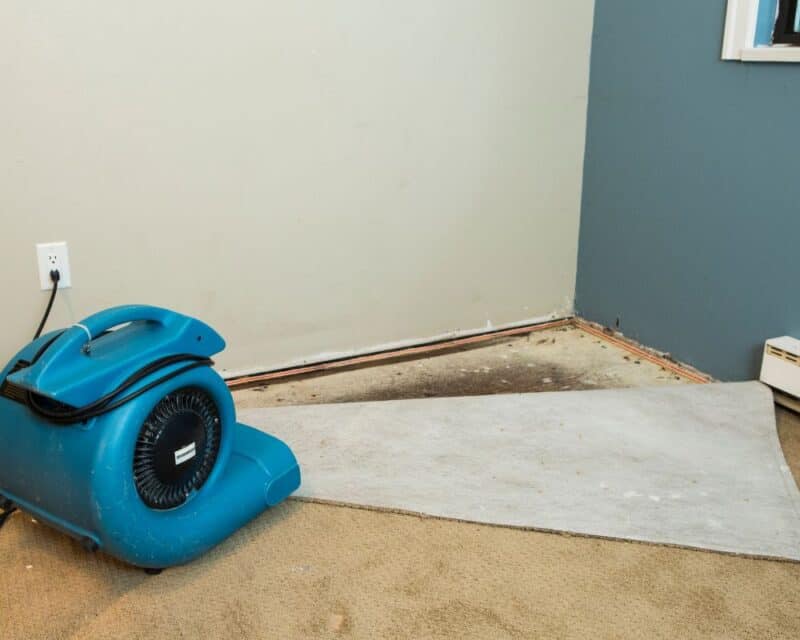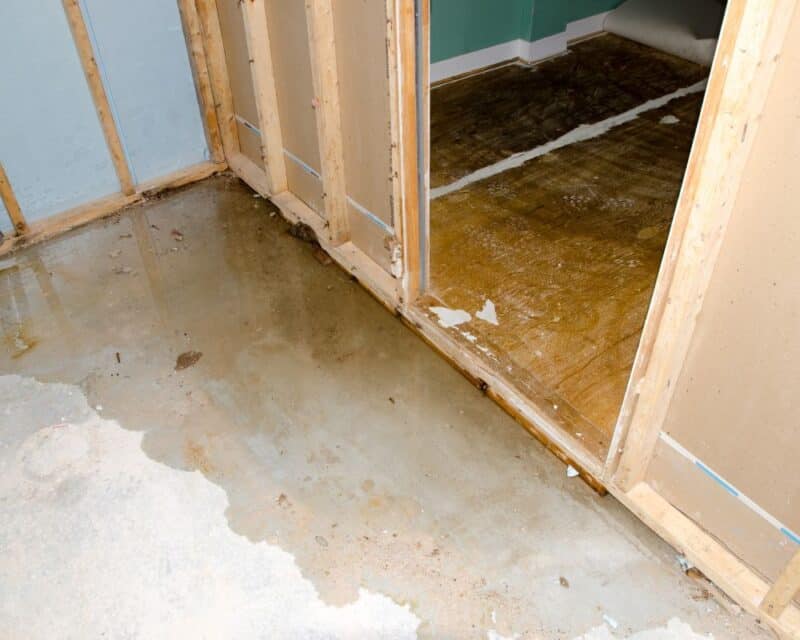Dealing with the aftermath of a flood can be overwhelming, but taking swift action to address water damage is crucial to prevent further issues and ensure your space returns to its pre-flood condition. In this blog, we’ll explore the why and how of prompt water damage restoration, offering you a clear roadmap to navigate this challenging time.
Why Act Fast?

Prevent Mold Growth
Moist environments are breeding grounds for mold, which can start to grow within 24 to 48 hours after a flood. Quick action can halt mold in its tracks, safeguarding your health and your home.
Structural Integrity
Water can weaken the structural elements of your building. Immediate attention helps maintain the strength and safety of your property.
Save Your Belongings
The quicker you act, the more you can salvage, whether it’s furniture, electronics, or personal mementos.
Financial Wisdom
Swift restoration can often mean lower repair costs. Delaying can lead to more extensive damage and, consequently, a heftier repair bill.
Step-By-Step Guide to Water Damage Restoration
1. Safety First
Before you dive into the cleanup process, ensure that it’s safe to re-enter your property. Check for structural damage, gas leaks, or electrical issues.
2. Document Everything
Take photos and videos of the damage for insurance purposes. Detailed documentation can streamline your claim process.
3. Water Extraction
Remove standing water using pumps or vacuums. The faster you eliminate the water, the less damage you’ll incur.
4. Drying Out
After water removal, it’s time to dry out the space. Use dehumidifiers and fans to accelerate the drying process and prevent mold growth.
5. Cleaning and Sanitizing
Floodwater can be contaminated, so it’s vital to clean and disinfect all affected areas to ensure a safe living environment.
6. Restoration
This final step involves repairing or replacing damaged materials and items. It could range from minor repairs to significant reconstruction, depending on the extent of the damage.
Frequently Asked Questions

Q: How long does water damage restoration take? A: The duration varies depending on the severity of the damage, but typically it can take anywhere from a few days to several weeks.
Q: Can I do water damage restoration myself? A: While some minor damages can be handled on your own, it’s recommended to call in professionals for extensive issues to ensure a thorough and safe restoration.
Q: Will my insurance cover water damage restoration? A: Coverage varies, so it’s essential to check with your insurance provider. Generally, policies cover sudden and accidental damage but not long-term neglect or maintenance failures.
Tips and Tricks for a Smooth Restoration Process
- Prioritize – Focus on areas that are most vulnerable to mold growth, such as damp drywall or carpets.
- Ventilate – Keep windows and doors open, weather permitting, to increase airflow and aid in drying.
- Seek Expertise – Don’t hesitate to consult with water damage restoration professionals. They have the tools and knowledge to tackle various challenges effectively.
Embracing Resilience: Moving Forward After Restoration
Post-restoration is not just about rebuilding; it’s about embracing resilience and preparing for the future. This phase is crucial for homeowners to not only recover from the immediate effects of water damage but also to fortify their homes against potential future incidents. Here’s how you can move forward with confidence:
1. Reflect and Learn
Take a moment to reflect on the flood experience. What worked well in your response? What could be improved? Use these insights to develop a more robust plan for the future.
2. Upgrade and Fortify
Consider upgrading materials and systems in your home to be more water-resistant. This might include installing sump pumps, using waterproof paint, or elevating electrical systems to prevent future water damage.
3. Establish a Disaster Readiness Plan
Create a comprehensive plan that includes emergency contacts, evacuation routes, and a checklist of actions to take in the event of another flood. Ensure every family member is familiar with this plan.
4. Regular Maintenance Checks
Regularly inspect your home for signs of water damage, leaks, or potential vulnerabilities. Addressing these issues early can prevent significant damage down the line.
5. Community Engagement
Engage with your local community to share experiences and tips on flood recovery and prevention. Community support can provide valuable resources and a network of assistance in times of need.
6. Emotional Recovery
Recognize that the impact of a flood is not just physical but also emotional. It’s essential to address your emotional well-being and that of your family members. Don’t hesitate to seek support from community resources or professional counselors to navigate this aspect of recovery.
Conclusion

Floods are undoubtedly challenging, but knowing the importance of prompt water damage restoration can make a world of difference in your recovery process. By acting quickly, you not only safeguard your property and health but also pave the way for a smoother and more efficient restoration. Remember, the key is to stay calm, act swiftly, and seek professional help when needed. Your home can return to its former glory; it just takes timely and decisive action.
Navigating post-flood restoration can be daunting, but armed with the right information and approach, you can turn a seemingly bleak situation into a manageable and successful recovery journey.
